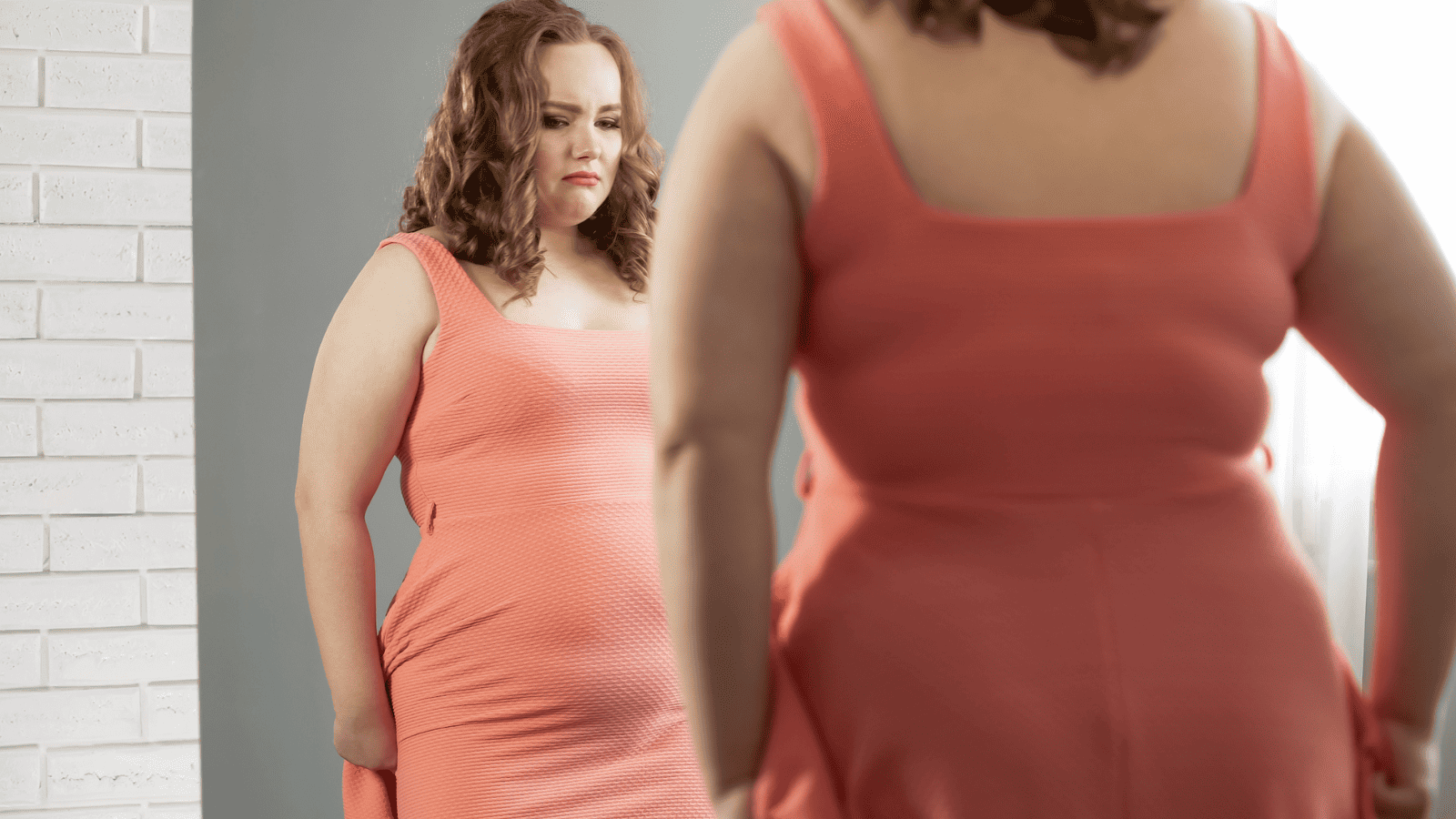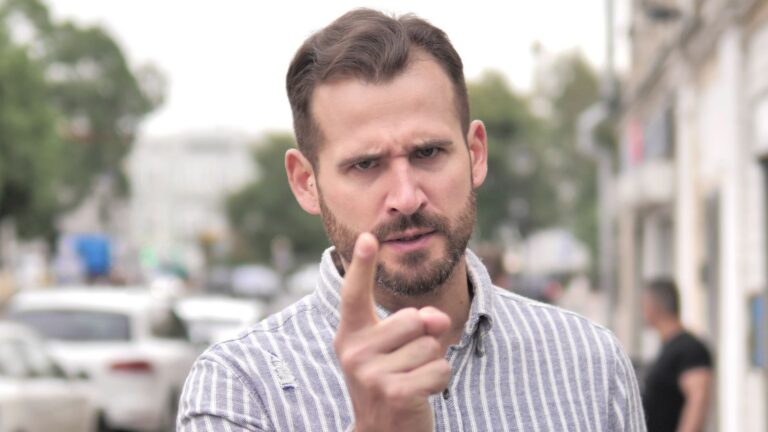Back in the ‘90s, the world was a very different place, and we could get away with a lot more stuff than we can today. In fact, many trends of the ‘90s would be met with fury if they reappeared overnight, and here are some of them that would receive the most backlash.
Diet Culture

If you looked at a magazine in the ‘90s, you’d often see unhealthily skinny models due to the extreme diet culture of the time. Unhealthy dieting habits were heavily advertised to achieve such a thin physique, but thankfully, modern perspectives on health emphasize body positivity and holistic well-being over restrictive dieting.
Casual Homophobia

Society has come a long way when it comes to discrimination and stereotyping; not so long ago, homophobic remarks and jokes were unfortunately common in pop culture and would generally go unchallenged. Today, society is much more aware of the harm caused by such language, leaving casual homophobia to be one of the biggest modern taboos.
No Consent in Teen TV Shows

Believe it or not, teen TV shows in the ‘90s often depicted relationships where consent was not clearly communicated, which was pretty messed up. This lack of clear consent would now be criticized for promoting unhealthy and unsafe relationship dynamics, especially among young people.
R-rated movies for Kids

In the 90s, it wasn’t unusual for kids to watch R-rated movies. Parents were often more lenient about film content, but nowadays, we have a better understanding of the importance of age-appropriate media. Allowing young children to watch such films would be heavily criticized for exposing them to inappropriate content, with some people even calling it child abuse.
Non-PC Comedy

These days, we’re a lot more aware of when a joke goes too far, unlike comedy in the 90s, which often included jokes that today would be considered offensive or insensitive. Comedians frequently used stereotypes and slurs, and nobody seemed to care. Towards the end of the decades, modern audiences started to demand more thoughtful and inclusive humor, leaving such politically incorrect humor being met with public outrage.
No Seat Belts on School Buses

It’s crazy to think that seat belts on school buses were not standard in the 90s. Safety standards have since evolved, and nowadays, the lack of seat belts on buses would be considered irresponsible and dangerous. There’s a much greater focus on ensuring the safety of children during transportation, which everyone can agree is only a good thing.
Tanning Beds

While some still use them today, tanning beds were very popular in the 90s and weren’t regulated, either. Current health guidelines strongly discourage their excessive use due to the risks of skin cancer, promoting sun protection and skin health instead. Those who still use tanning beds use them with extreme precaution, and even then, they know it’s a risky activity.
Violence in Video Games

The 90s saw an enormous rise in the popularity of video games, which seemed to be becoming increasingly violent. Worse still, these games were often marketed to young audiences without much restriction. Nowadays, there is ongoing debate and concern about the impact of such content on youth, and while they’ve never been linked to real-life violence, most parents carefully monitor the games their kids play.
Lack of Representation

Mainstream media in the ‘90s often lacked diverse representation, with many TV shows and movies featuring predominantly white, heterosexual characters. Thankfully, the push for inclusivity and diversity in today’s media would render such a lack of representation unacceptable, sparking calls for more equitable casting.
Gender Stereotypes

Another way in which representation wasn’t fair back in the ‘90s was how the media frequently reinforced rigid gender stereotypes, with clear distinctions between what was considered “male” and “female.” Modern views promote gender fluidity and the breaking down of these stereotypes, making the old narratives appear outdated and restrictive.
Body Shaming

Nowadays, body positivity and acceptance are greatly encouraged, rejecting the notion that there is a single ideal body type. As a result, the body shaming of the ‘90s would instantly be canceled if it reappeared. There was a strong emphasis on the “ideal” body type back, which was just toxic, unrealistic, and unhealthy.
Stalking as Romance

One of the most bizarre and disgusting trends in the ‘90s was how stalking was often portrayed as a romantic gesture in ‘90s movies. Pursuing someone relentlessly despite their disinterest was seen as determination and a representation of true love, but today, such actions are recognized as invasive and inappropriate, making us question what on Earth ‘90s movie producers were thinking.
Misogynistic Lyrics

Popular music in the 90s often contained blatantly misogynistic lyrics that degraded women, objectifying their bodies. Sadly, this is a problem that has only become worse, although it has moved underground. Either way, modern listeners and critics are far more likely to call out and reject such content, which is a step in the right direction.
Ignoring Mental Health

Another ‘90s trend that would be canceled today was how mental health issues were often downplayed or stigmatized. There was little public discourse on the importance of mental health care, with mental health complaints often being met with advice to “man up” or “put on your big girl panties.” Thankfully, there’s now a far greater awareness and acceptance of mental health issues, encouraging anyone who is struggling to seek support.
Lack of Environmental Awareness

Despite us knowing all about them, environmental concerns were not as prominent in the 90s, with less emphasis on sustainability and conservation. This is particularly frustrating for the youth of today, who care greatly about the environment and often blame the dismissive attitudes of people in the past for the dire situation our planet has been left in today.
Exotic Animal Shows

One of the cruelest trends of the ‘90s was how exotic animals were often used for entertainment in TV shows and events, a practice that is now condemned for its unethical treatment of animals. If any company dared to attempt this in the modern day, there’s no doubt that their show would be instantly canceled.
Cultural Appropriation

It was surprisingly common to see cultural appropriation in fashion and entertainment during the ‘90s, where people would steal aspects of other cultures without any consideration for their significance or etiquette. Today’s understanding of cultural sensitivity would lead to an immense backlash against such appropriation, leaving us in a much kinder and more intelligent world.

